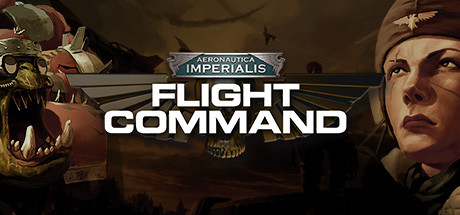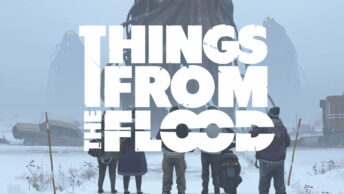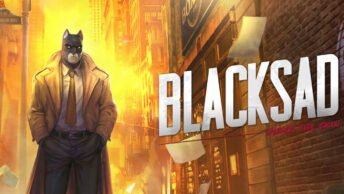No squigeons were harmed in the making of this review (unfortunately)
Type: Singleplayer, Multiplayer
Genre: Strategy, tactics
Developer: Binary Planets
Publisher: Green Man Gaming
Release date: 28 May, 2020


In the skies above Rynn’s World, there’s a war going on. Ork flyboyz engage with the pilots of the imperial navy on a daily basis, trying to wrestle the skies from the defenders, in an attempt to ultimately conquer the entire world.
Aeronautica Imperialis: Flight Command is a turnbased tactics game about aerial combat set in the Warhammer 40,000 universe, and is based on the tabletop wargame Aeronautica Imperialis, made by Games Workshop. It depicts the bitter fighting between two of the universe’s most prolific factions, the Imperium of Man and the Orks, as they duke it out in the skies.
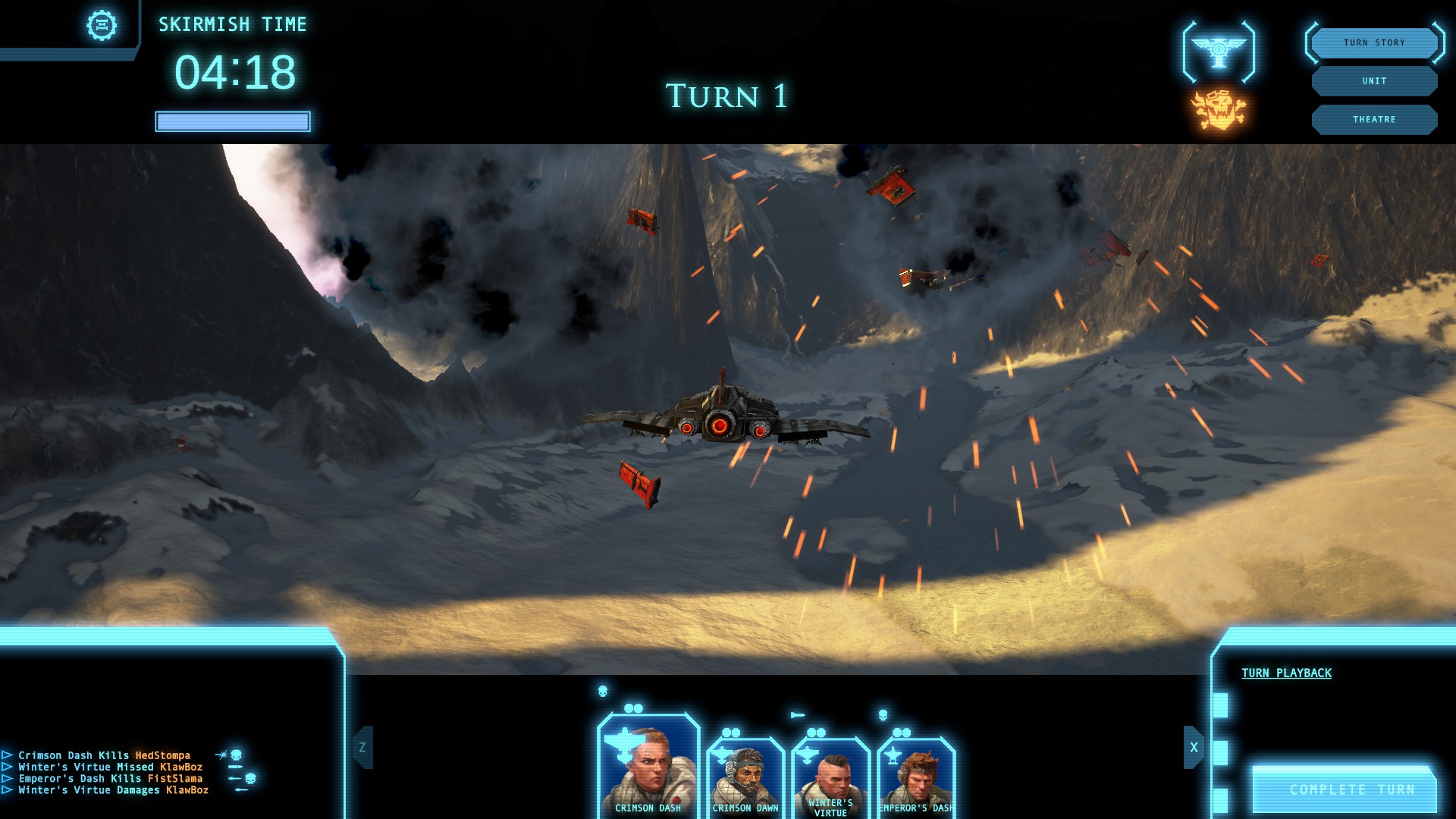
Story & Setting
Set during the Ork invasion of Rynn’s World in the year 989.M41, Aeronautica Imperialis depicts the conflict that would nearly spell doom for the legendary Crimson Fists Space Marine chapter. Their world was being invaded by Warlord Snagrod, an ork who had managed to unite the ork tribes of the region, with the promise of war and loot.
The Ork air force would end up engaging with the defending Imperial Navy for months, in an air war that would span most of the planet, as both sides tried to get the upper hand. The Imperial Navy, while better trained and equipped, were going up against an enemy that was numerically superior, and also far tougher than themselves.
And this is more backstory than the game will really give you. Aeronautica Imperialis is very thin on story, and while the events depicted in the game are based on existing material created by Games Workshop, there’s surprisingly little backstory in the game itself. There’s a few lines of text for each of the pre-made scenarios, but not much more than that. If you want to know the story, you’ll have to seek it out elsewhere.
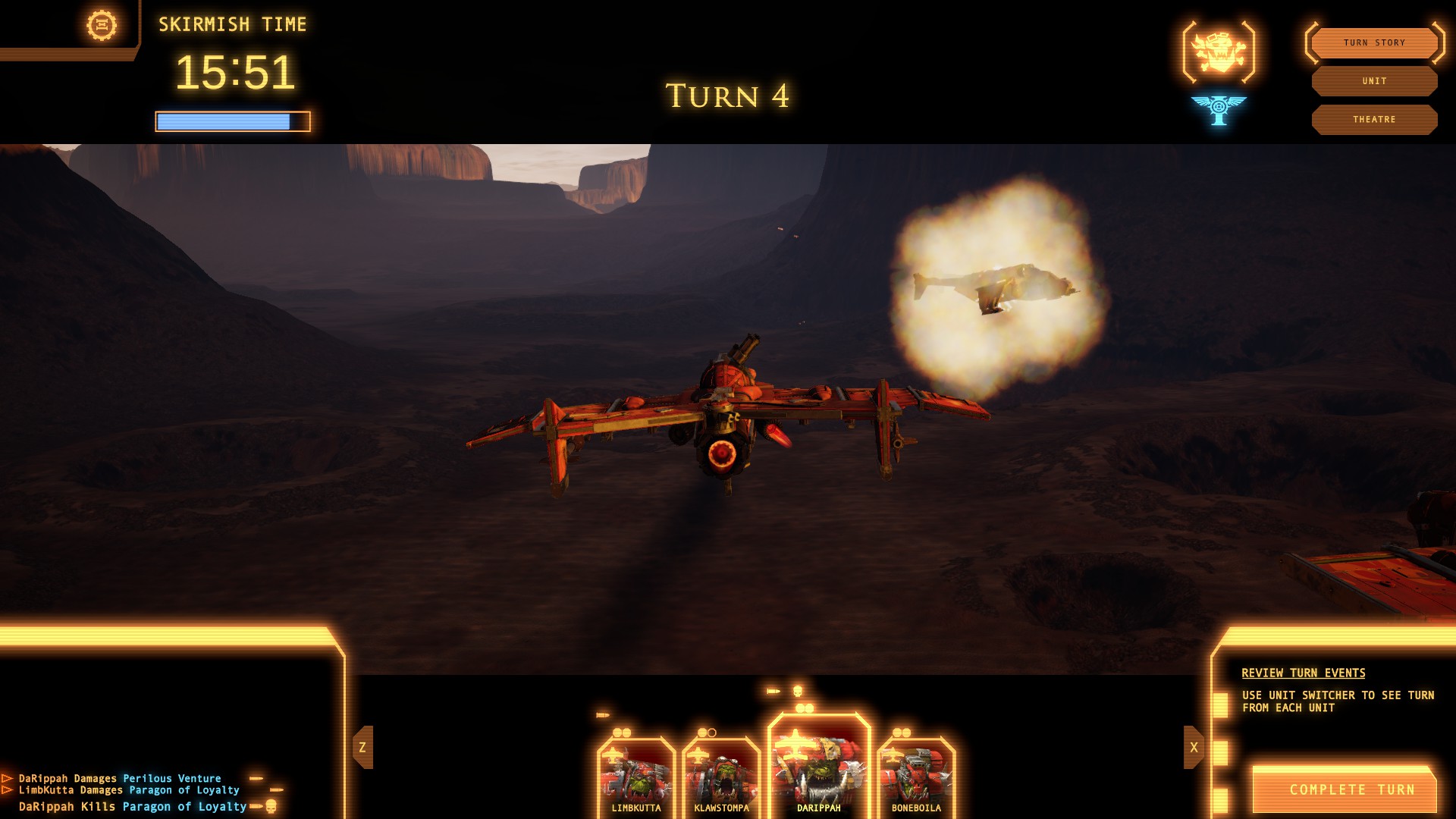
Presentation
The graphics in Aeronautica Imperialis is a bit of a mixed bag. The models for the planes themselves look pretty good, and are faithful to their tabletop counterparts. The explosions that accompanies planes getting shot down, or colliding with other planes, are not all that shabby looking either. They might not hold a candle to the latest AAA game, but they still don’t look bad. The terrain that you’re flying over looks less than stellar, with textures that don’t hold up to closer inspection, and weirdly sharp mountain tops. You’ll spend most of the game looking at the planes, but the terrain not being great is noticeable. There are also some ground units on some levels, but they’re static and sometimes even clip into the terrain. So basically, anything that’s happening in the air looks good, but the ground does not.
Nothing about the sound design is particularly good, or bad. It’s perfectly fine, and does the job, but don’t expect any really big and meaty explosions that will make your neighbours call the landlord. You get to hear the smattering of gunfire, and the odd explosion, and of course the ever present engine noises, which luckily are quite low, so they don’t get annoying. The music is similar, it’s there, and it does the job, but it’s not very memorable.
The interface is easy to work with, and looks clean. All the information you need about the different units, weapons, and pilots, are tucked away in tabs on the side, and all the movement commands you can give to the planes are listed when you have the plane selected, as a row of icons under the plane. While the icons are not entirely intuitive looking, it does not take long to learn what they do. The game also clearly shows the path your planes will take, which is important, because if the path of two planes cross, then there won’t be any survivors.
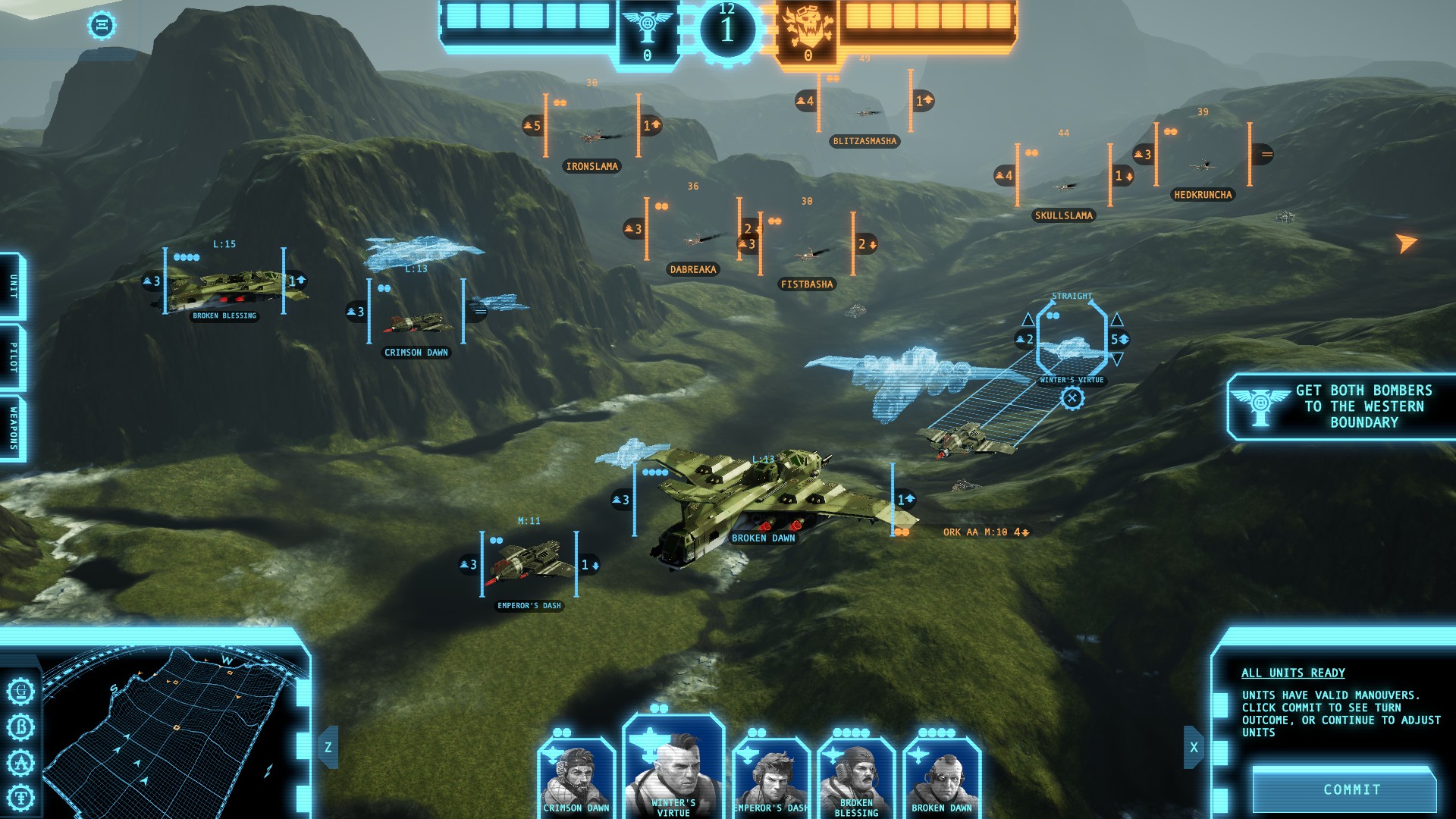
Gameplay
Aeronautica Imperialis is a game about turnbased aerial combat, depicting small engagements with about 3-8 planes per side, battling for control of the skies. Every turn represents just a few seconds, but a few seconds is all it takes to shoot down another plane.
The game uses a so called WEGO system, meaning that both sides give their orders simultaneously, and then the turn plays out. Orders are handled with a simple drag & drop system. You select the unit you want to give orders to, and then you drag it to where you want it to move, and the game will snap it to the closest legal move. If you want to do something a bit fancier than just moving forwards, and turning, you have to use a set of icons that are shown under the plane. These actions include things like a rapid dive, and an Immelmann turn (a half loop, followed by a 180° roll, which makes the plane turn around and face the other direction).
If an enemy enters the firing arc of a plane, it will automatically shoot at it, unless ordered not to. Most planes have several weapons, and these generally have different optimal engagement ranges, and you can order your planes to only fire when they enemy is at an optimal range, or just shoot whenever they can. As all weapons have a limited supply of ammunition, there are times when not shooting is the better move. Planes do go down very fast though, for most fighter aircraft, two hits is enough to destroy them, while bombers can take up to four hits, so being too frugal with your ammunition is usually worse than being wasteful with it.
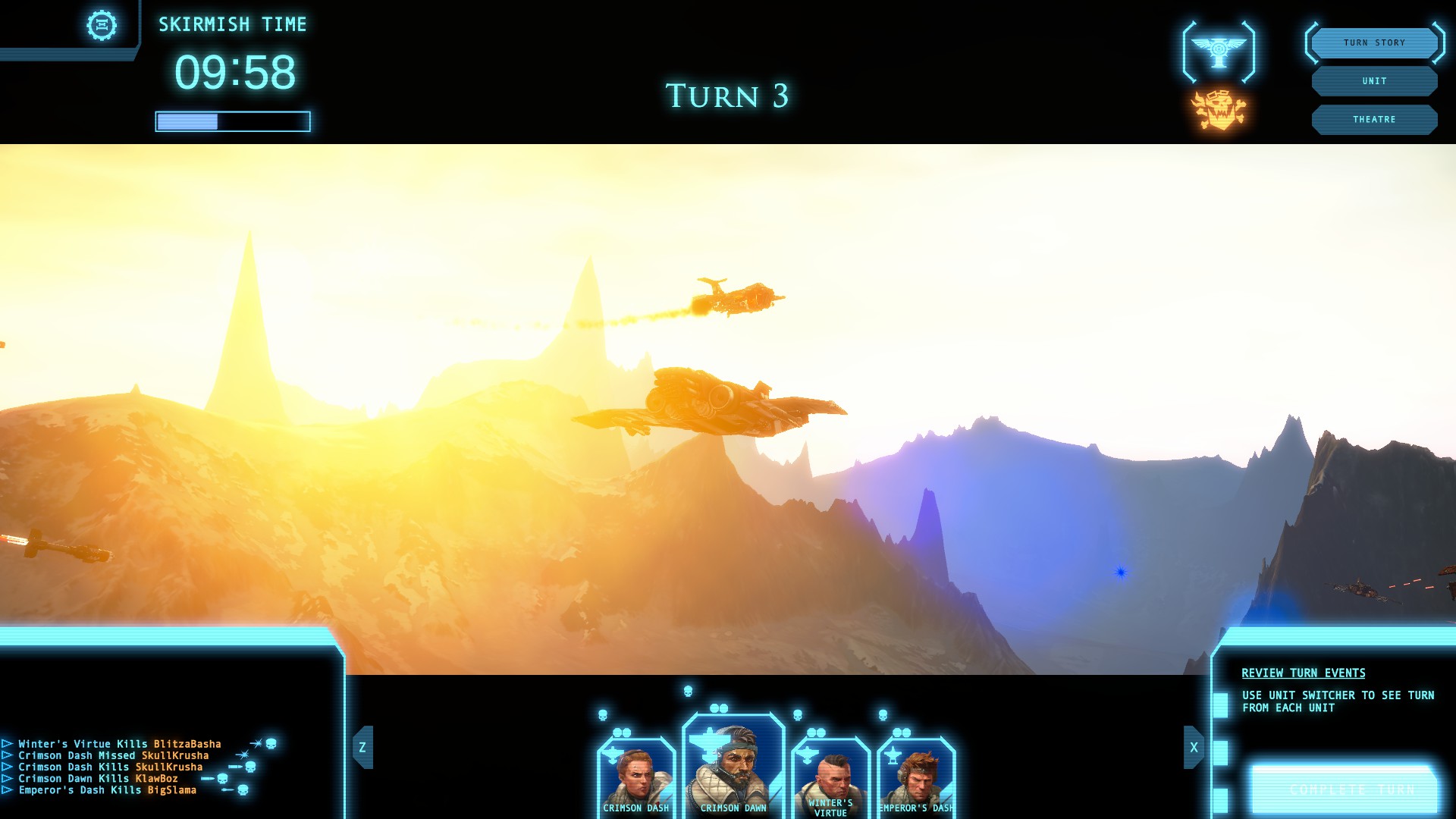
This game is won or lost by how skillfully you can move your planes. Most planes are fast and quite agile, and thus it’s not too hard to get out of the firing arc of a single plane. If you plane is being targeted, a quick Immelmann turn can get you out of harm’s way, but if two planes are chasing you, coming in from different angles, then it’s a lot harder to avoid taking damage.
Different planes also control a bit differently. A fast fighter plane can easily change its air speed, and make agile turns, while a large bomber is more cumbersome, and can’t change its speed very rapidly. When giving movement orders, you’re allowed to increase or decrease the speed and elevation of the plane by an amount, depending on the plane. Increasing elevation costs speed, and decreasing it makes it go faster. And some planes have other abilities, like being able to drop bombs on ground targets, or carry cargo (the later only comes into play in missions where you need to pick up or drop off cargo).
Apart from the rather extensive tutorial, there are two ways to play the game. Either scenarios, or the campaign. Each scenario uses pre-determined planes, and you can play as either the humans, or the orks. You can’t play every scenario from the get go, instead you need to play through them in order, although it does not matter which side you play as, as long as you win, the next scenario in line will be unlocked. So this in reality means that the scenarios act as a campaign of their own. Once you beat certain scenarios, you’ll also unlock equipment that can be used in the campaign mode.
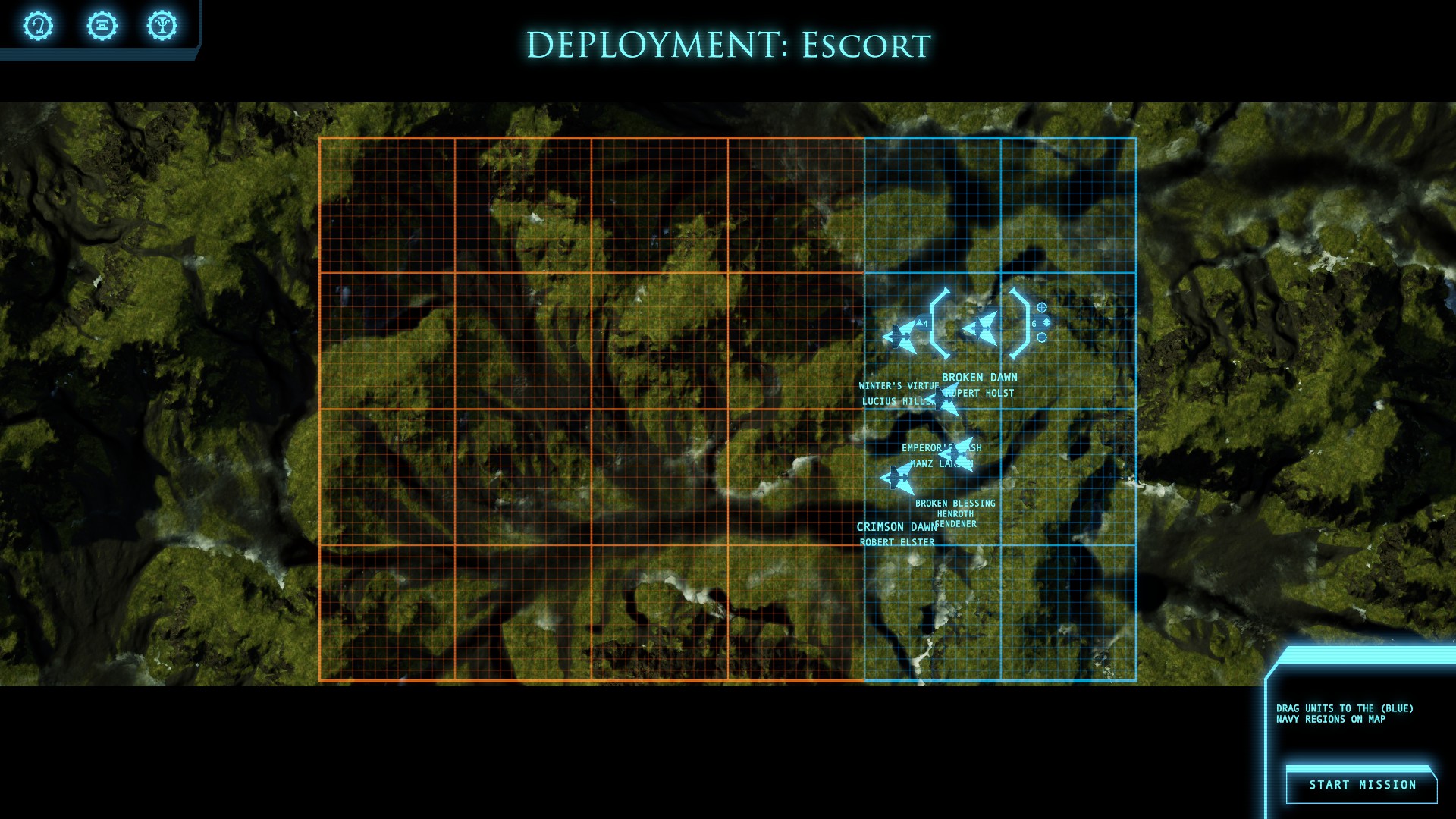
The campaign procedurally generated. At the start, you select the length of the campaign, as well as the difficulty. You’re sadly limited to playing as just the human side. The campaign works like a tug of war, between the humans and the orks, every time you win an engagement, the balance shifts a bit more towards your side, while if you lose, it shifts towards the enemy side, and the length of the campaign will dictate just how much the balance of power needs to shift to either side before it’s over.
During the campaign, your pilots can level up and grow more skilled, but any time they’re shot down, there’s a chance of them permanently dying. Losing a highly skilled pilot is painful, but not crippling, as pilot levels don’t have a huge impact on how well they perform.
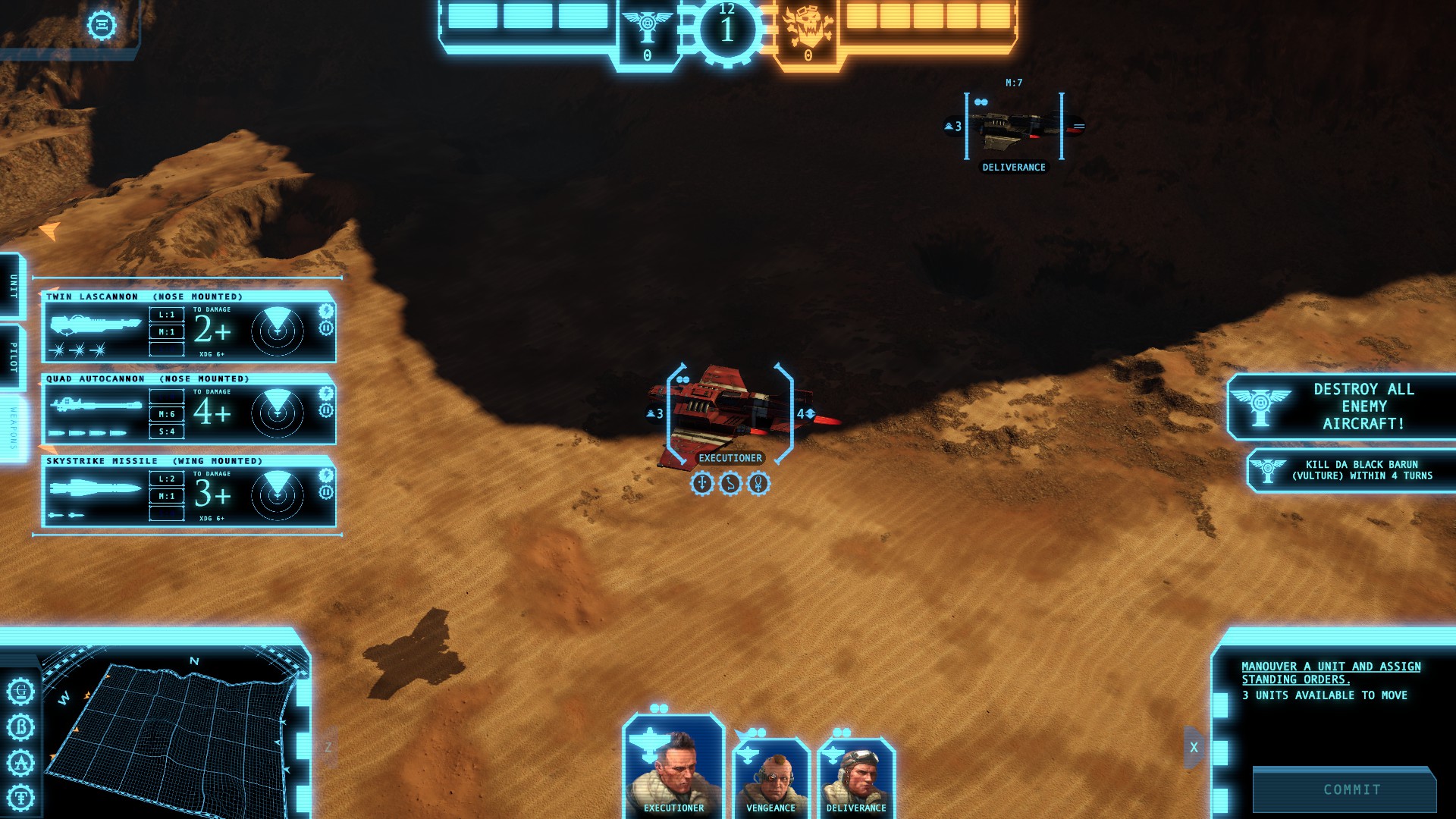
Closing Thoughts
I’m giving this game a “save” with a caveat. The game is quite fun to play, but how much you get out of it will really depend on how willing you are to play the campaign mode repeatedly. You can realistically get through all the scenarios once, and a medium length campaign, in about 2-3h, but all the scenarios can be played from both sides, and the campaign does offer a good amount of replay value.
The game is also a bit short on story, which is a real shame, particularly as much has already been written about the conflict that’s portrayed in this game. Some more background information would have gone a long way in giving context to what’s going on, for those who are not already heavily invested in the Warhammer 40,000 universe. I also can’t say how well it represents the game it’s based on, as I’ve never played that, all I can say is that I had a lot of fun playing this game.

